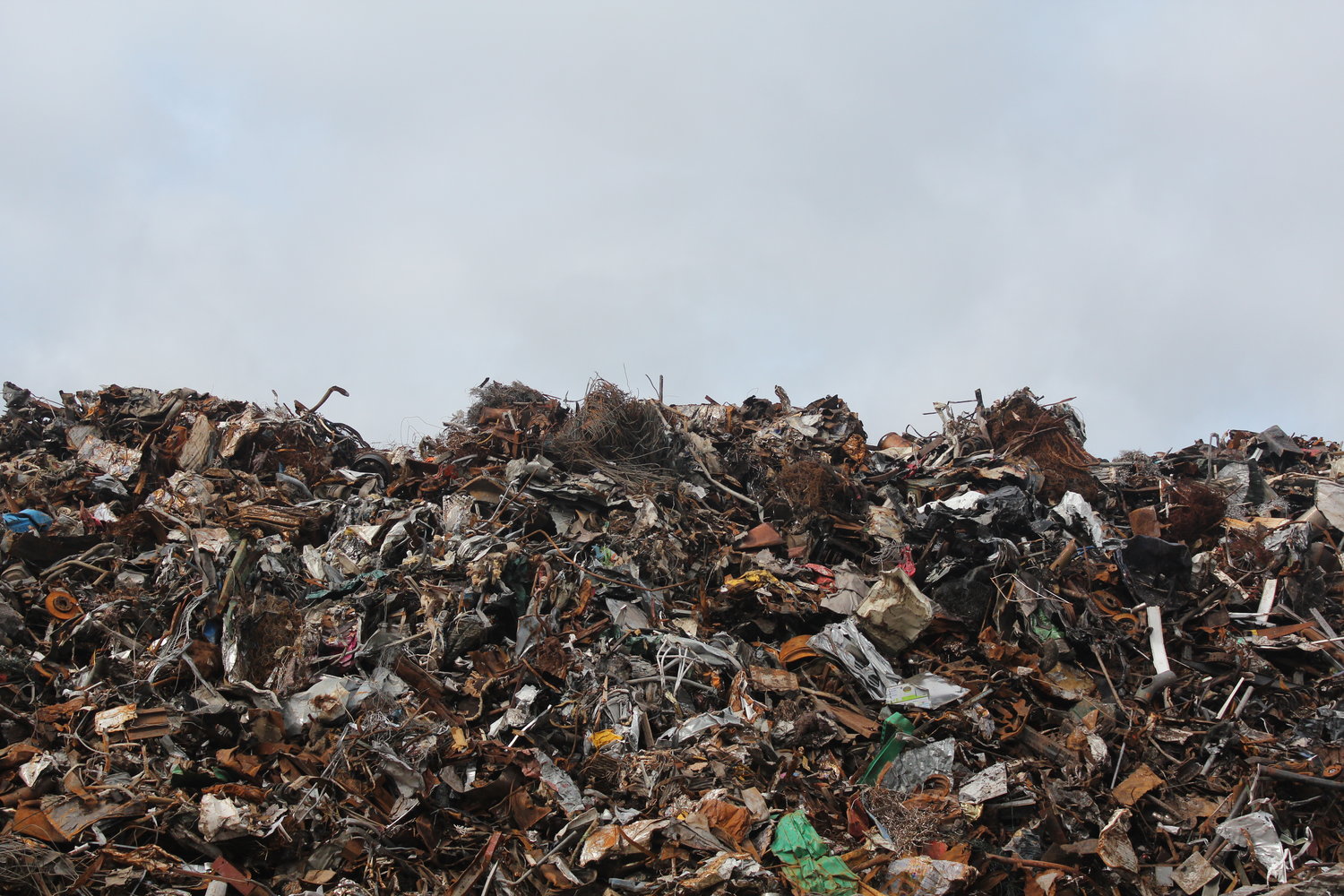Dear system change leaders,
In today’s #LoveFood newsletter, we want to draw your attention to a furniture item that seldom gets noticed, but reveals so much about our collective habits… We’re talking about our kitchen bins! Every day, those bins get slowly filled up with food waste – those extra falafels that were just too much for your lunch – and food packaging waste – the plastic wrap and plastic box you’ve brought back in this brown paper bag that someone filled with plastic cutlery and paper napkins.
This month, we’d like to invite you to watch your kitchen waste.
- Start with baby steps. Find a spot in the fridge to keep your leftovers for tomorrow. Say ‘thanks but no thanks’ to the carrier bag that was handed to you at the counter. Opt for a reusable mug when you’re getting your daily coffee shot.
- Tech and innovation can also help! Have a look at these three exciting food waste start-ups :
FoodLoop’s Retailer Platform ties grocer inventory system to consumer-facing mobile apps to provide real-time deals and personalized offers based on consumers’ interests, purchase history, and location.
RESQ Club: Find meals that otherwise would go to waste. You’ll get good quality, inexpensive restaurant food and get to know new restaurants near you!
Rubies in the rubble make chutneys and sauces out of salvaged fruit and vegetables that would otherwise go to landfill. Great way to extend shelf-life for perishable goods!
Did you know that, if food wastage was a country, it would be the third largest greenhouse gas emitter in the world after the United States and China? To become food waste savvy in less than 10 minutes, just watch the inspiring Hackney TED talk by Marc Zornes, Founder of Winnow Solutions.
And for an even quicker overview – here are the key facts and figures:
Food wastage represents:
- 3.3 Gt of CO2 emissions = 8% of greenhouse gas emissions globally
- USD 936 billion globally – similar to the GDP of Indonesia
And it also generates a huge waste of scarce resources:
- The Global Land Occupation Footprint of food wastage reaches 1.4 billion hectares. That’s a land area larger than China.
- The Global Blue Water Footprint of food wastage is 250 km3, which equals the annual discharge of the Volga river and is higher than any country‘s Blue Water Footprint.
Convinced to act? We’re wishing you all a waste-less, but not tasteless September!
Written by Alexandre Kremer

